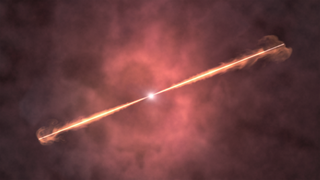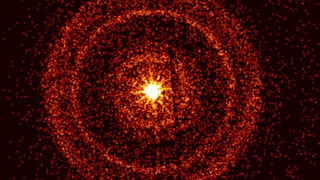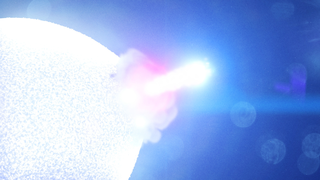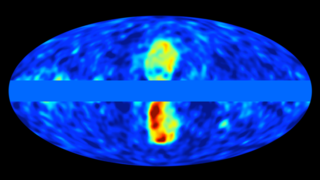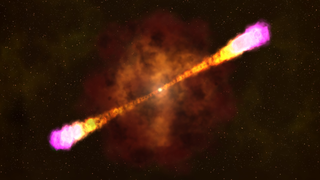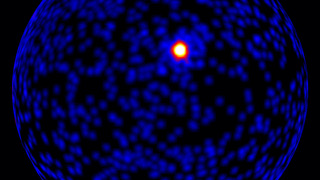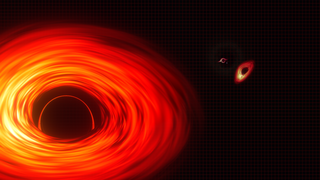Universe
ID: 14317

On Tuesday, March 28, 2023, astronomers meeting at the High Energy Astrophysics Division meeting of the American Astronomical Society in Waikoloa, Hawaii, presented new findings about the BOAT – the brightest of all time gamma-ray burst that erupted in October 2022.
Gamma-ray bursts are the most powerful class of explosions in the universe. The BOAT triggered detectors on numerous spacecraft, and observatories around the globe followed up. Observations of the burst span the spectrum, from radio waves to gamma rays, and include data from many NASA and partner missions, including the NICER X-ray telescope on the International Space Station, NASA’s NuSTAR observatory, and even Voyager 1 in interstellar space.
The signal from GRB 221009A had been traveling for about 1.9 billion years before it reached Earth, making it among the closest-known “long” GRBs, whose initial, or prompt, emission lasts more than two seconds. Astronomers think these bursts represent the birth cries of black holes that formed when the cores of massive stars collapsed under their own weight. As it quickly ingests the surrounding matter, the black hole blasts out jets in opposite directions containing particles accelerated to near the speed of light. These jets pierce through the star, emitting X-rays and gamma rays as they stream into space.
NASA's James Webb and Hubble space telescopes searched for the supernova usually found after long bursts, so far to no avail. Observations will continue, but astronomers say it's possible the entire star was swallowed up by the black hole instead of exploding.
The burst is among the closest long GRBs. The jets themselves were not unusually powerful, but they were exceptionally narrow – much like the jet setting of a garden hose – and one was pointed directly at us. The closer to head-on we view a jet, the brighter it appears.
The burst also enabled astronomers to probe distant dust clouds in our own galaxy. As the prompt X-rays traveled toward us, some of them reflected off of dust layers, creating extended “light echoes” of the initial blast in the form of X-ray rings expanding from the burst’s location. The X-ray Telescope on NASA’s Neil Gehrels Swift Observatory discovered the presence of a series of echoes. Detailed follow-up by ESA’s (the European Space Agency’s) XMM-Newton telescope, together with Swift data, revealed these extraordinary rings were produced by 21 distinct dust clouds.
Astronomers may be able to study the afterglow of this astonishing GRB for years to come.

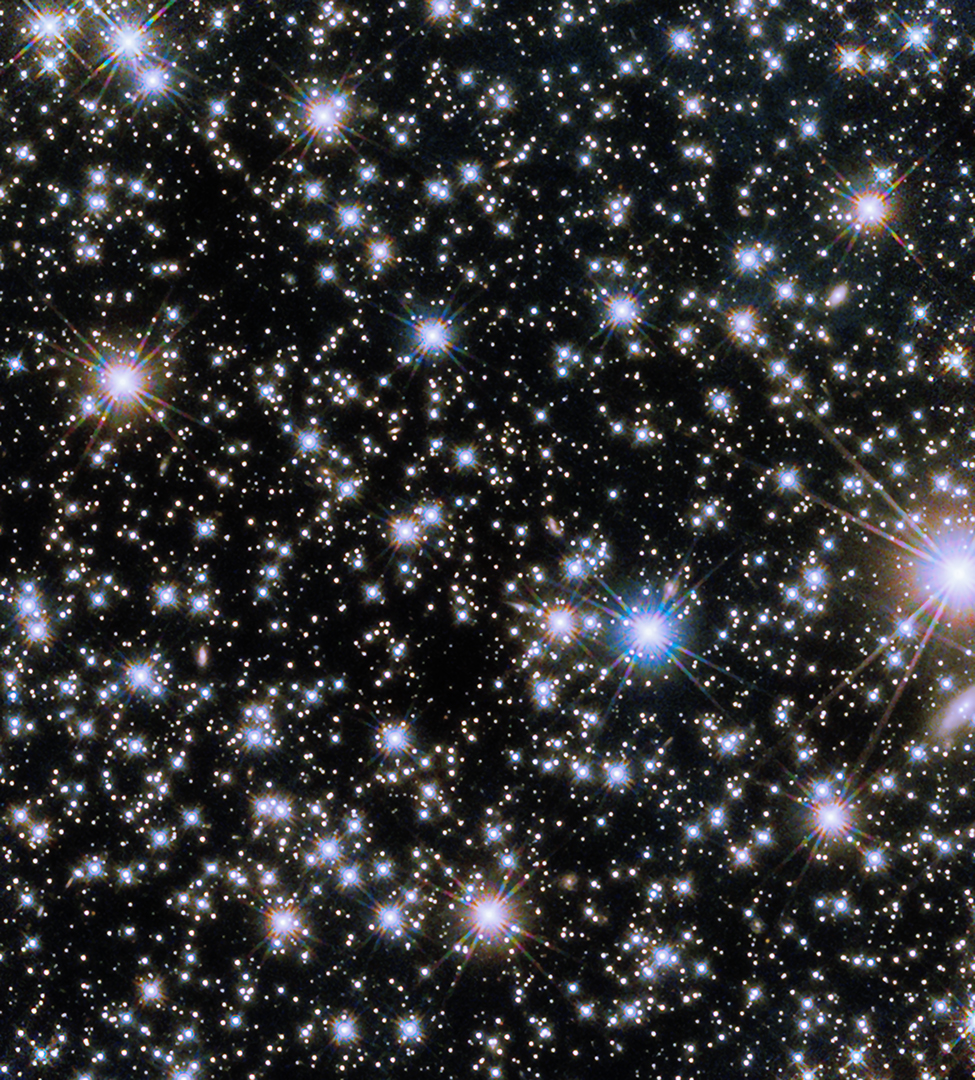
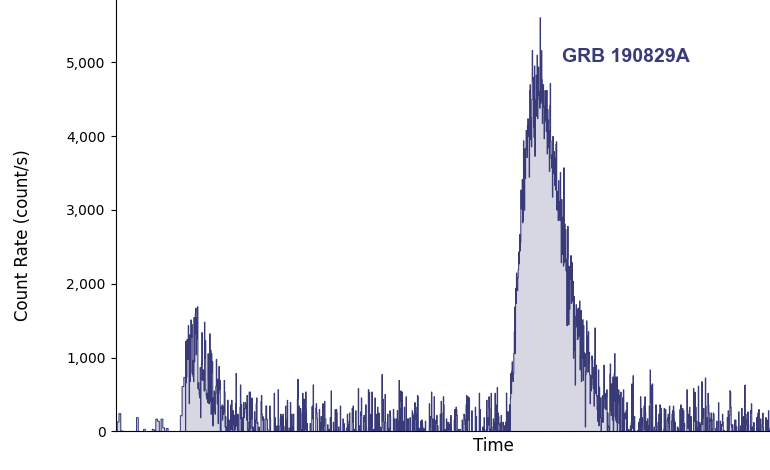
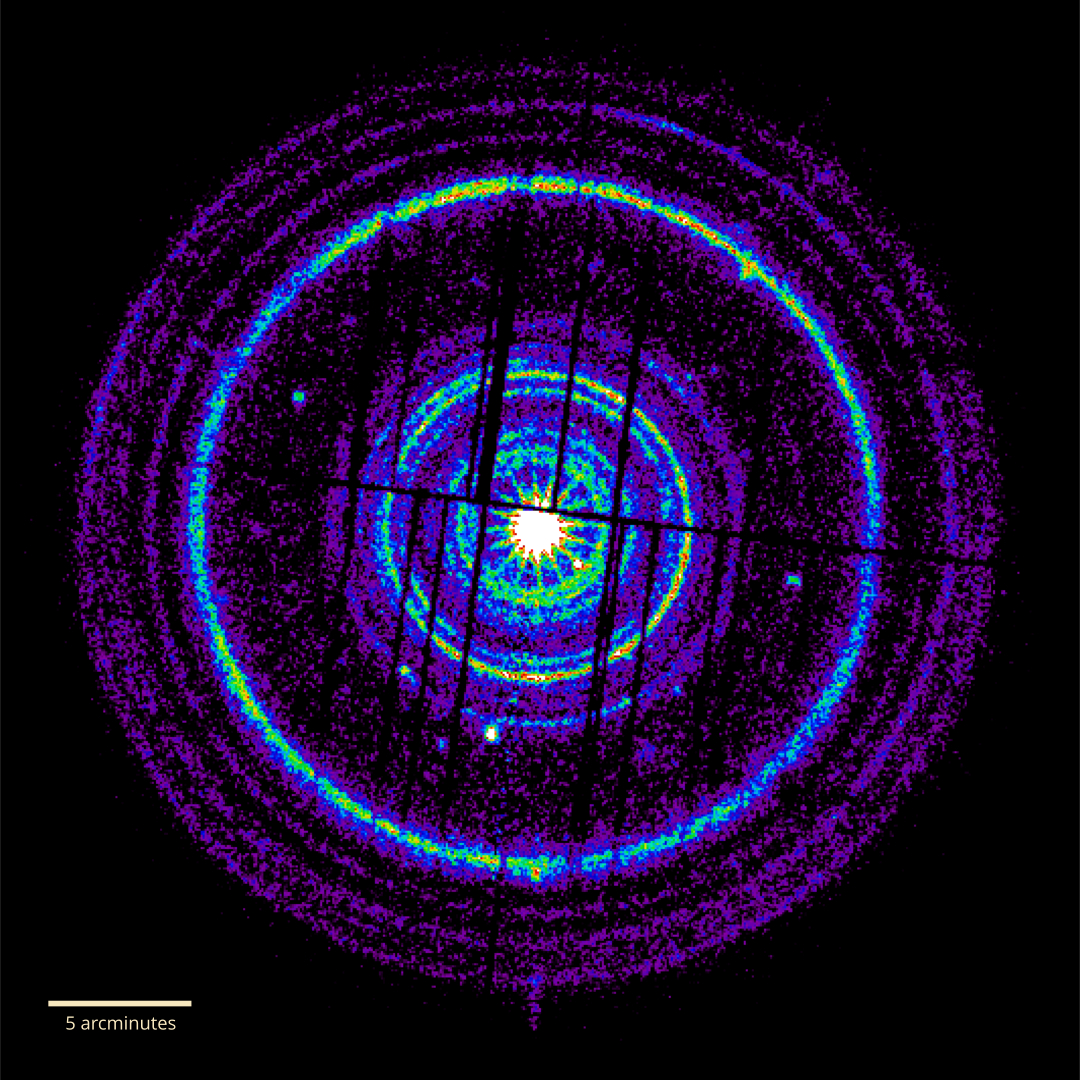

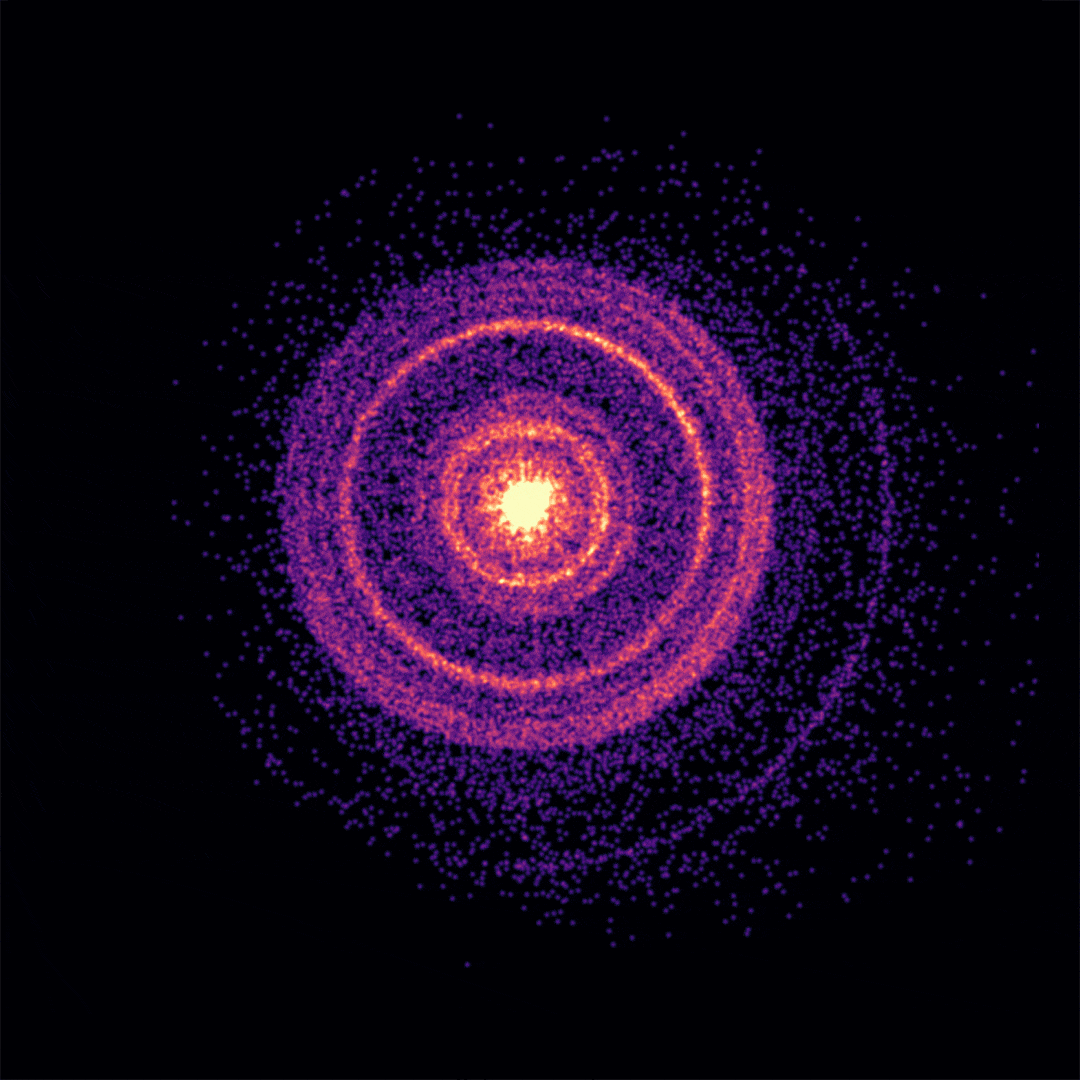
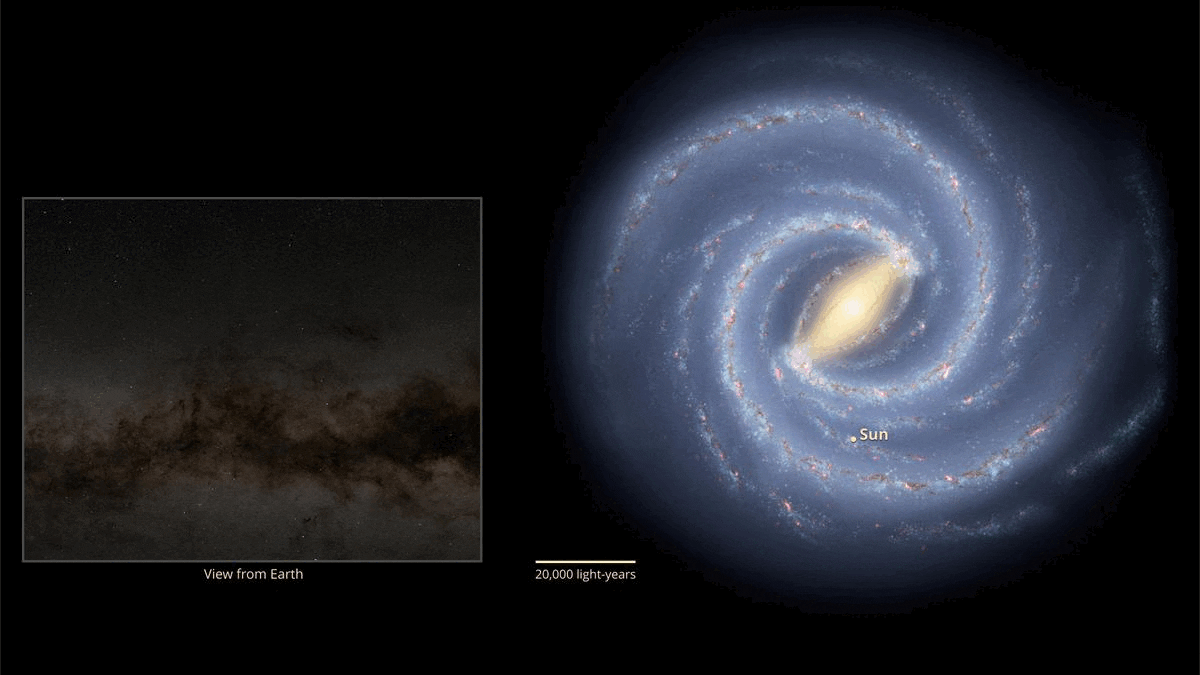
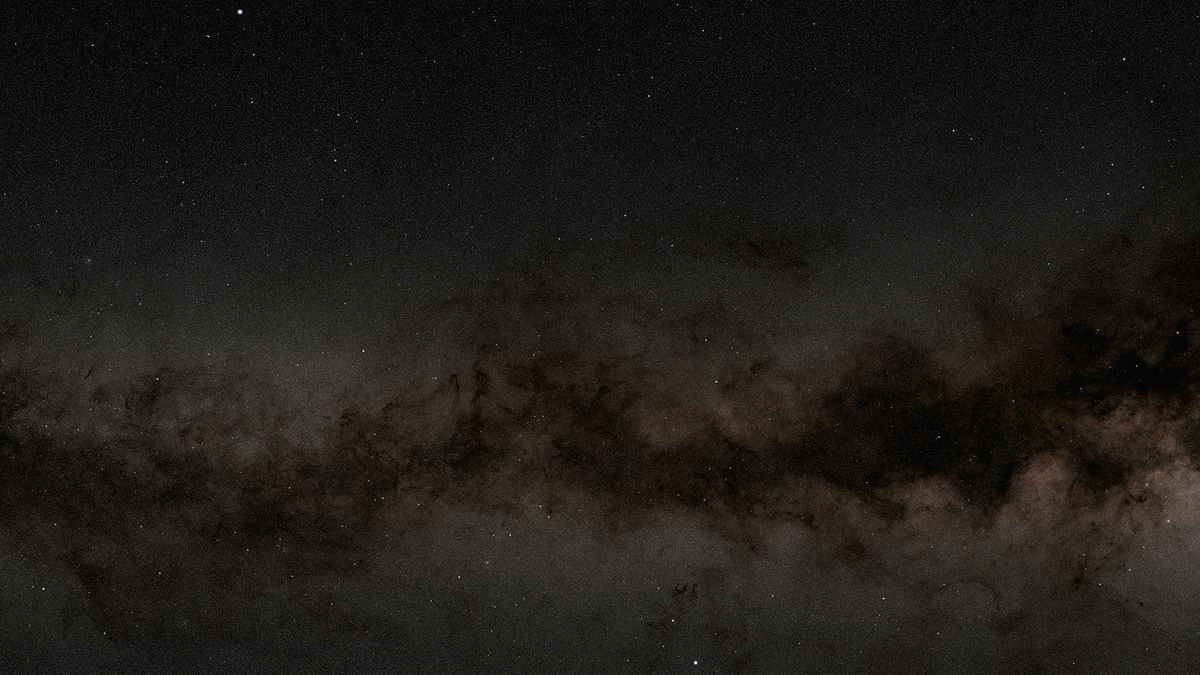
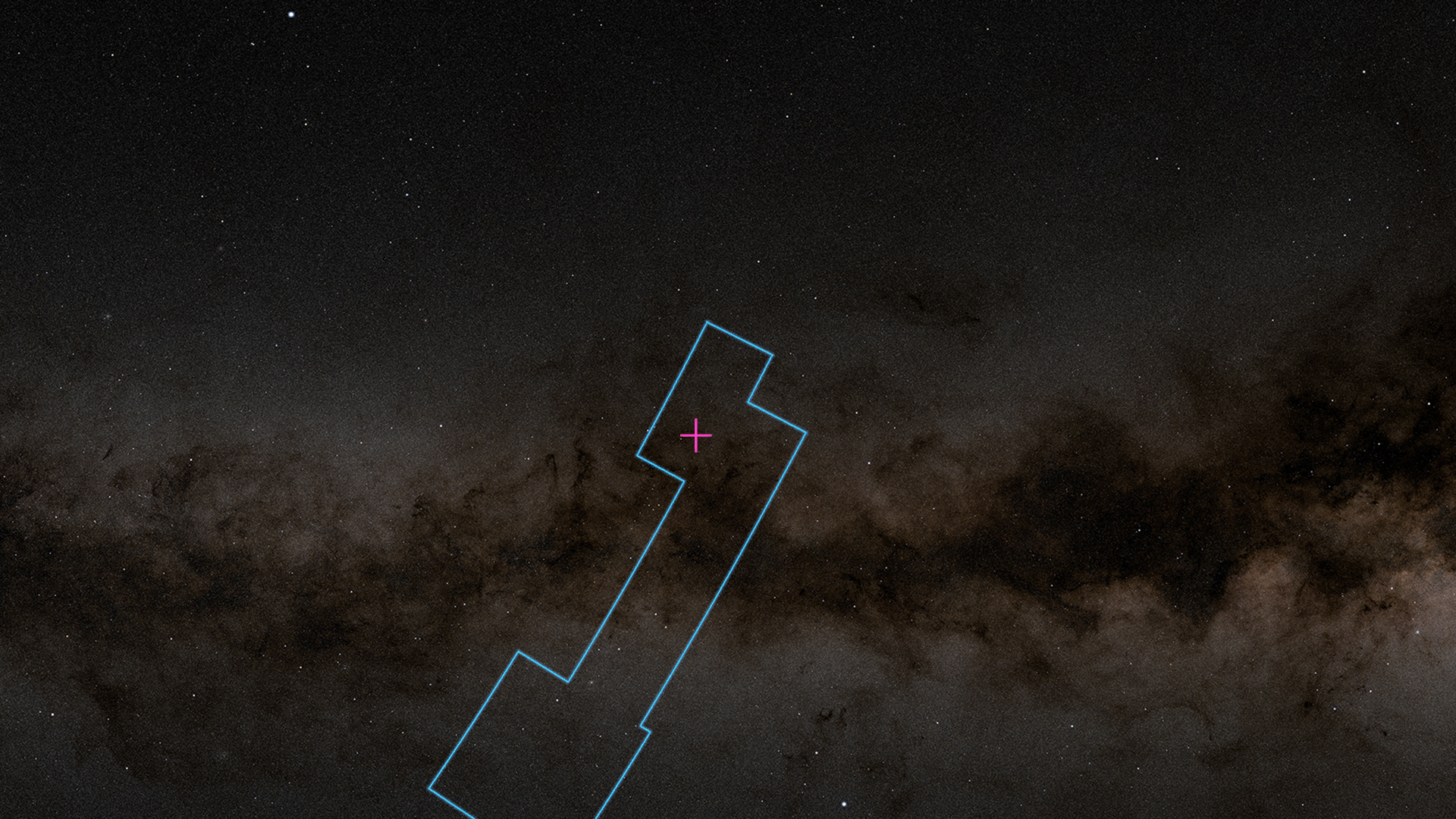
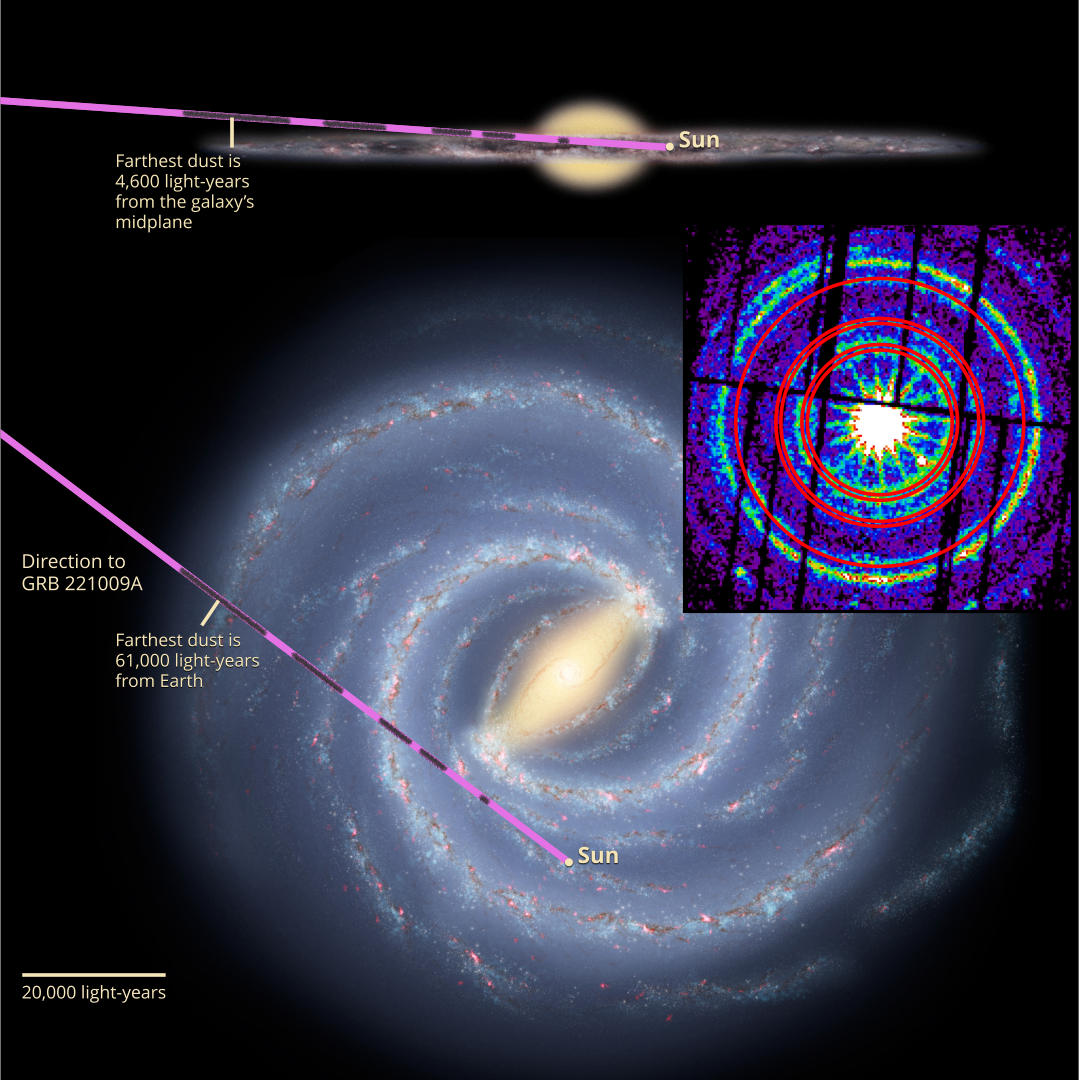
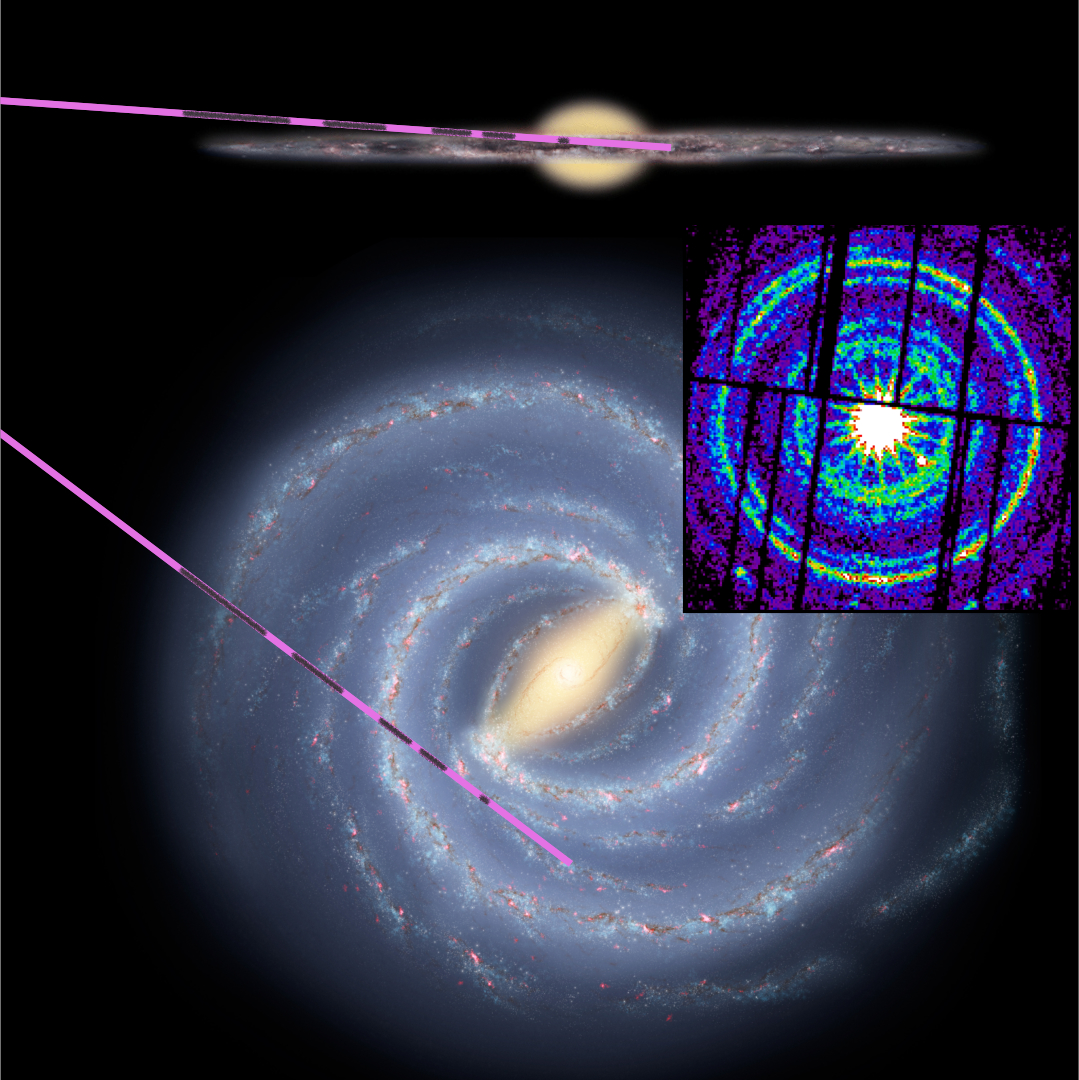

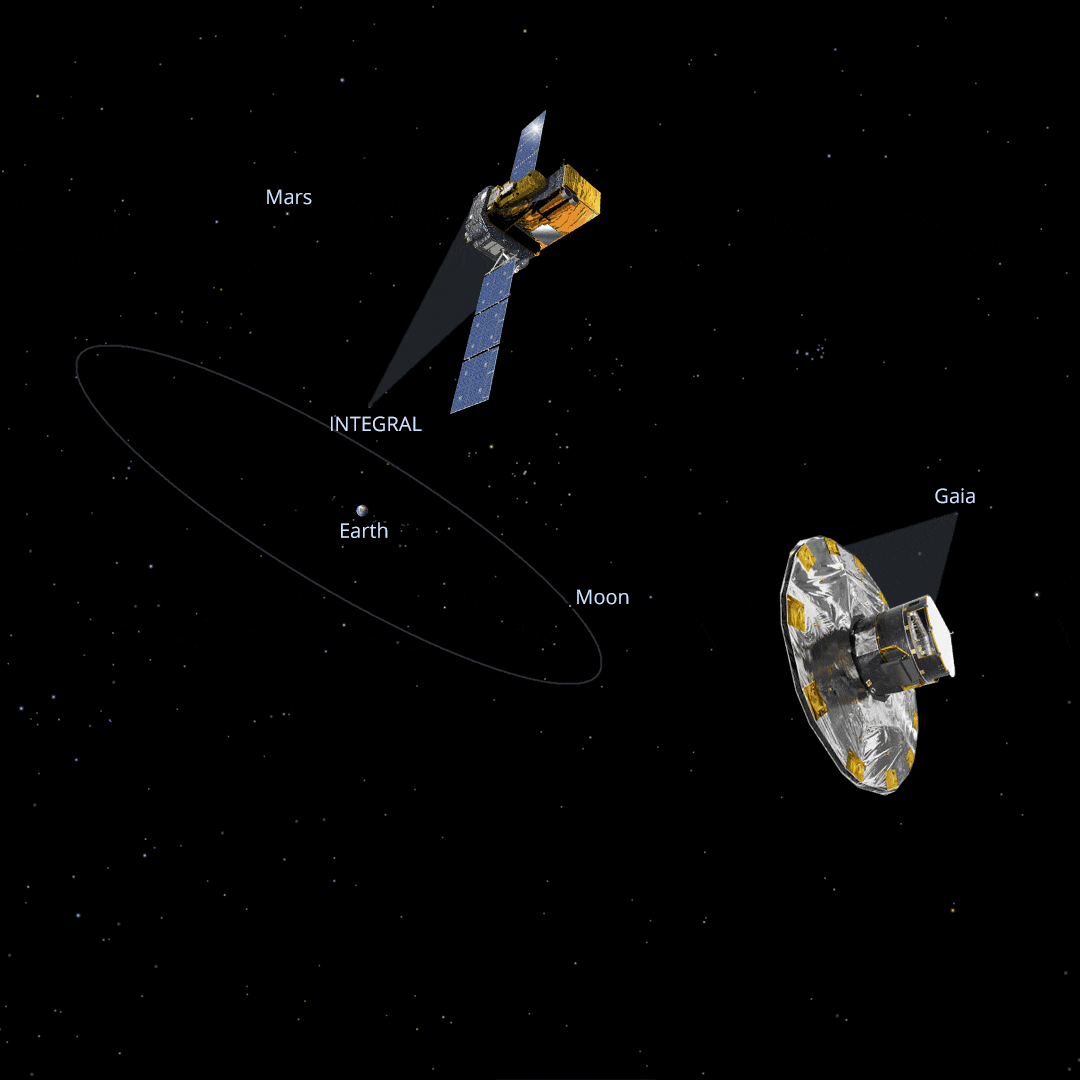
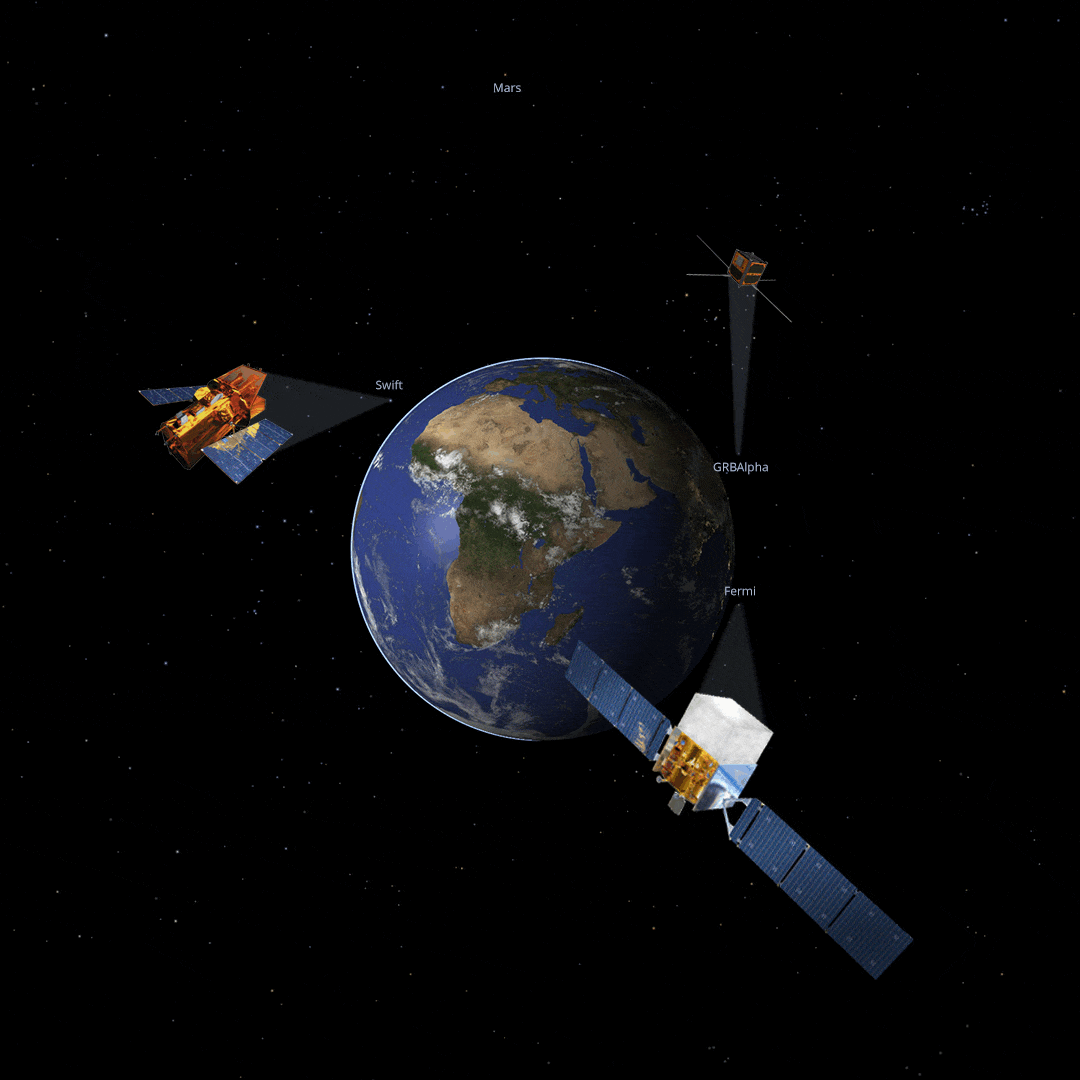
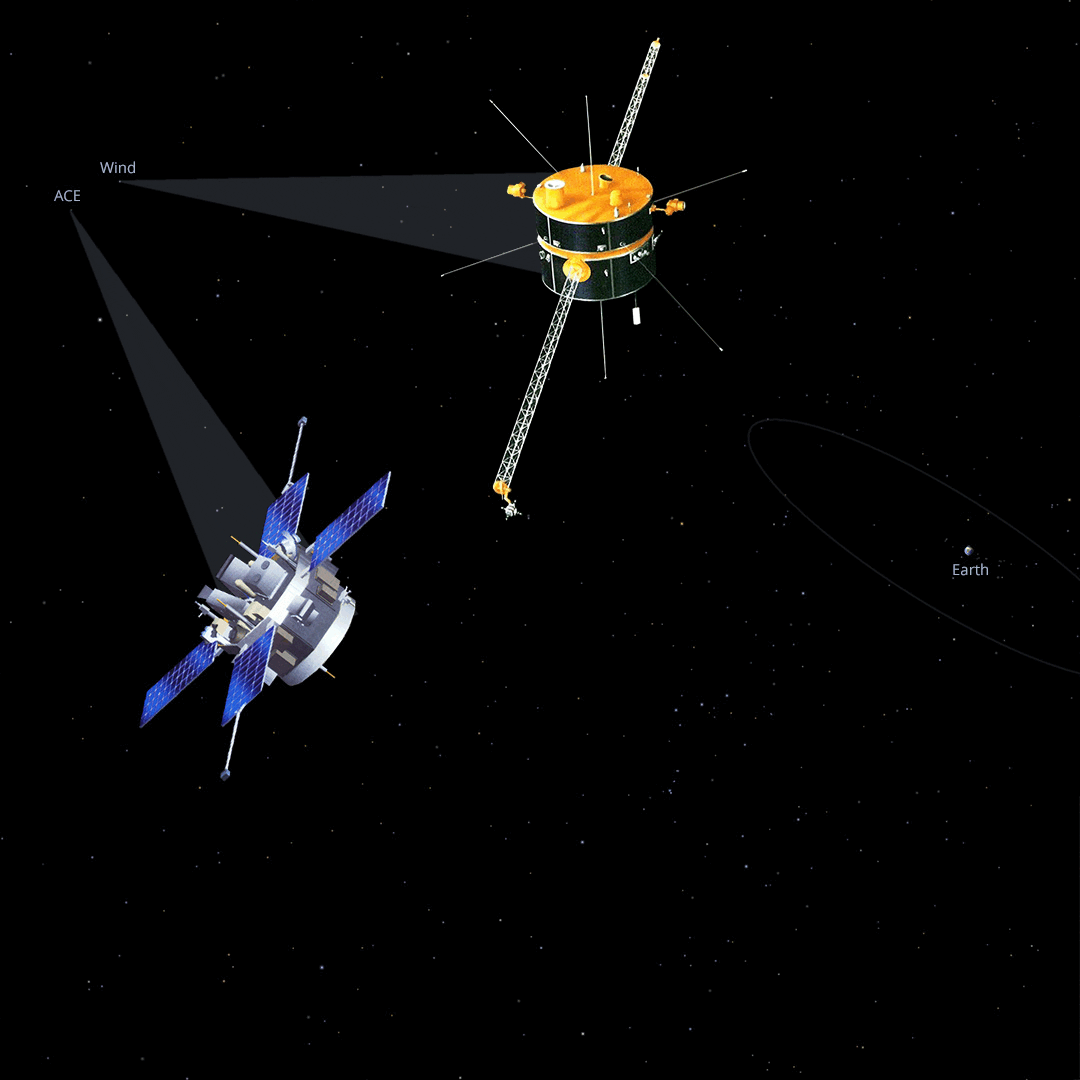
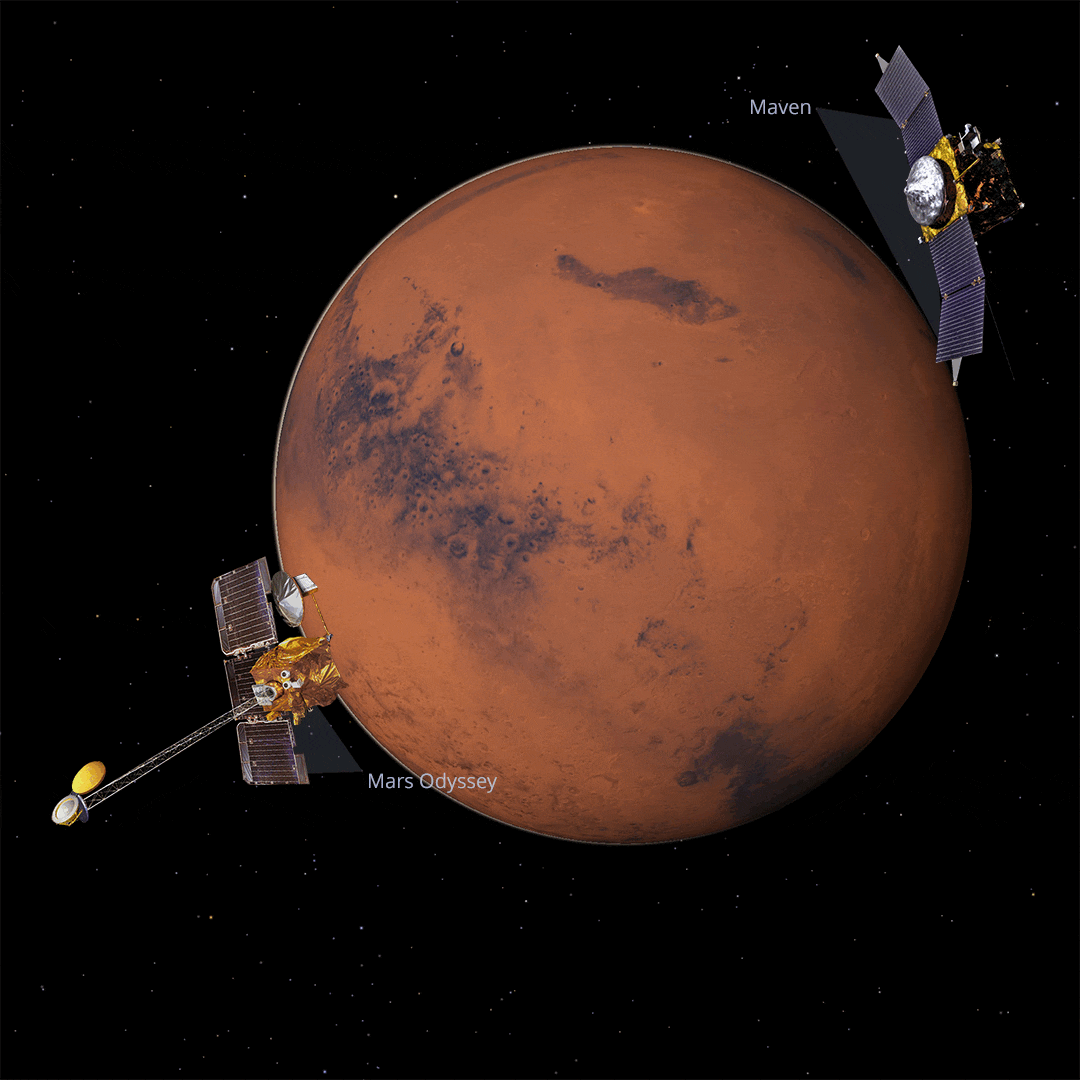
NASA Missions Probe What May Be a 1-In-10,000-Year Gamma-ray Burst

Gamma-ray bursts are the most powerful class of explosions in the universe. The BOAT triggered detectors on numerous spacecraft, and observatories around the globe followed up. Observations of the burst span the spectrum, from radio waves to gamma rays, and include data from many NASA and partner missions, including the NICER X-ray telescope on the International Space Station, NASA’s NuSTAR observatory, and even Voyager 1 in interstellar space.
The signal from GRB 221009A had been traveling for about 1.9 billion years before it reached Earth, making it among the closest-known “long” GRBs, whose initial, or prompt, emission lasts more than two seconds. Astronomers think these bursts represent the birth cries of black holes that formed when the cores of massive stars collapsed under their own weight. As it quickly ingests the surrounding matter, the black hole blasts out jets in opposite directions containing particles accelerated to near the speed of light. These jets pierce through the star, emitting X-rays and gamma rays as they stream into space.
NASA's James Webb and Hubble space telescopes searched for the supernova usually found after long bursts, so far to no avail. Observations will continue, but astronomers say it's possible the entire star was swallowed up by the black hole instead of exploding.
The burst is among the closest long GRBs. The jets themselves were not unusually powerful, but they were exceptionally narrow – much like the jet setting of a garden hose – and one was pointed directly at us. The closer to head-on we view a jet, the brighter it appears.
The burst also enabled astronomers to probe distant dust clouds in our own galaxy. As the prompt X-rays traveled toward us, some of them reflected off of dust layers, creating extended “light echoes” of the initial blast in the form of X-ray rings expanding from the burst’s location. The X-ray Telescope on NASA’s Neil Gehrels Swift Observatory discovered the presence of a series of echoes. Detailed follow-up by ESA’s (the European Space Agency’s) XMM-Newton telescope, together with Swift data, revealed these extraordinary rings were produced by 21 distinct dust clouds.
Astronomers may be able to study the afterglow of this astonishing GRB for years to come.
















Source Material
Related
For More Information
Credits
Francis Reddy (University of Maryland College Park): Lead Science Writer
Scott Wiessinger (KBR Wyle Services, LLC): Producer
Francis Reddy (University of Maryland College Park): Graphics
Scott Wiessinger (KBR Wyle Services, LLC): Animator
Brad Cenko (NASA/GSFC): Scientist
Eric Burns (Louisiana State University): Lead Scientist
Scott Wiessinger (KBR Wyle Services, LLC): Producer
Francis Reddy (University of Maryland College Park): Graphics
Scott Wiessinger (KBR Wyle Services, LLC): Animator
Brad Cenko (NASA/GSFC): Scientist
Eric Burns (Louisiana State University): Lead Scientist
Please give credit for this item to:
NASA's Goddard Space Flight Center. However, individual items should be credited as indicated above.
NASA's Goddard Space Flight Center. However, individual items should be credited as indicated above.
Science Paper:
Focus issue of The Astrophysical Journal Letters
Short URL to share this page:
https://svs.gsfc.nasa.gov/14317
Missions:
Fermi Gamma-ray Space Telescope
Hubble
Swift
XMM Newton
This item is part of these series:
Astrophysics Animations
Astrophysics Stills
Astrophysics Presentations
Keywords:
SVS >> Galaxy
SVS >> X-ray
SVS >> Black Hole
SVS >> Gamma Ray Burst
SVS >> Hubble Space Telescope
SVS >> Astrophysics
SVS >> Space
SVS >> Swift
SVS >> Fermi
SVS >> XMM-Newton observatory
SVS >> Supernova
SVS >> Star
NASA Science >> Universe
SVS >> Gamma Ray
Focus issue of The Astrophysical Journal Letters
Short URL to share this page:
https://svs.gsfc.nasa.gov/14317
Missions:
Fermi Gamma-ray Space Telescope
Hubble
Swift
XMM Newton
This item is part of these series:
Astrophysics Animations
Astrophysics Stills
Astrophysics Presentations
Keywords:
SVS >> Galaxy
SVS >> X-ray
SVS >> Black Hole
SVS >> Gamma Ray Burst
SVS >> Hubble Space Telescope
SVS >> Astrophysics
SVS >> Space
SVS >> Swift
SVS >> Fermi
SVS >> XMM-Newton observatory
SVS >> Supernova
SVS >> Star
NASA Science >> Universe
SVS >> Gamma Ray
